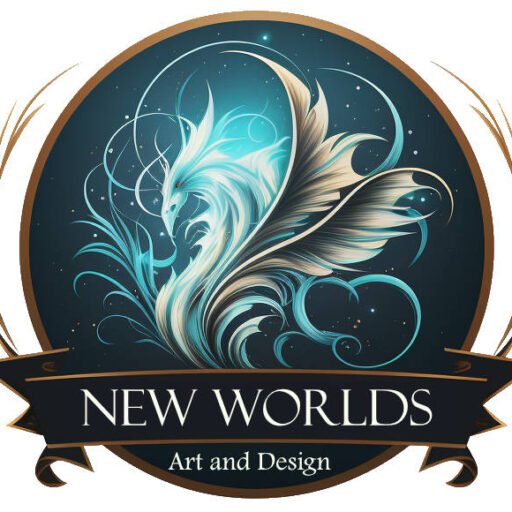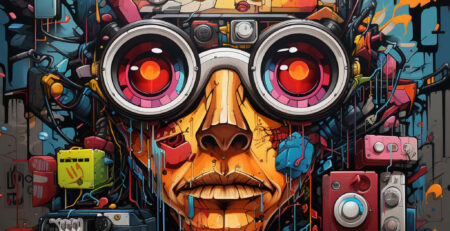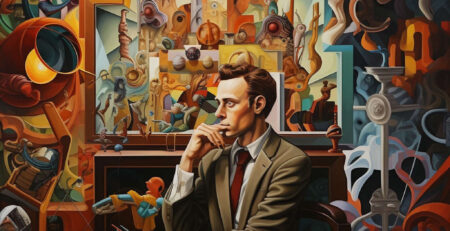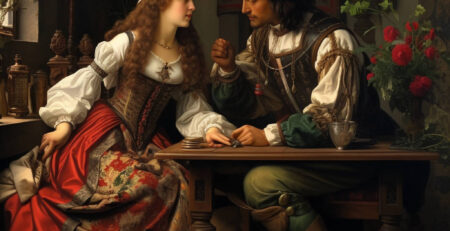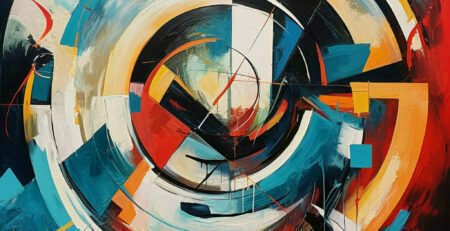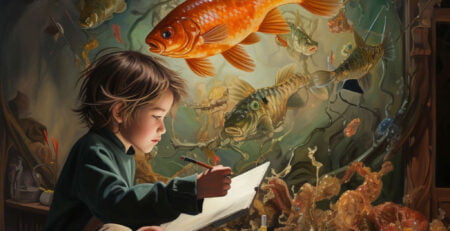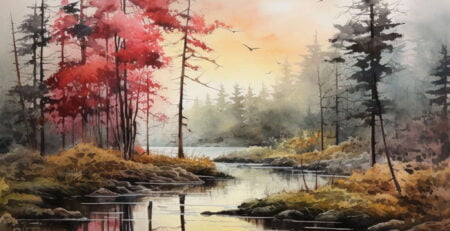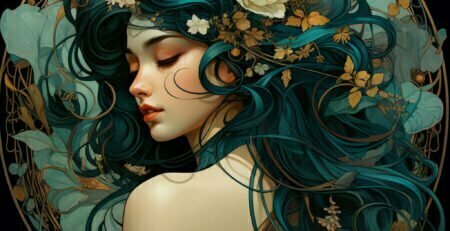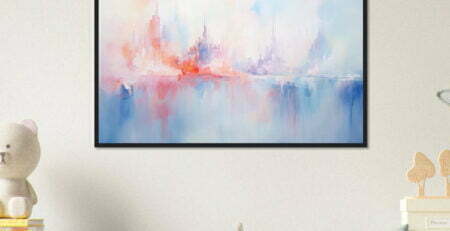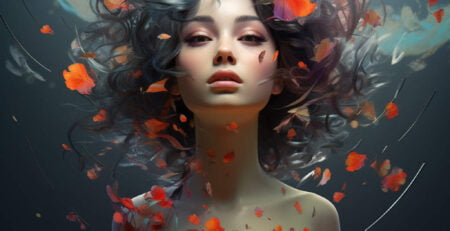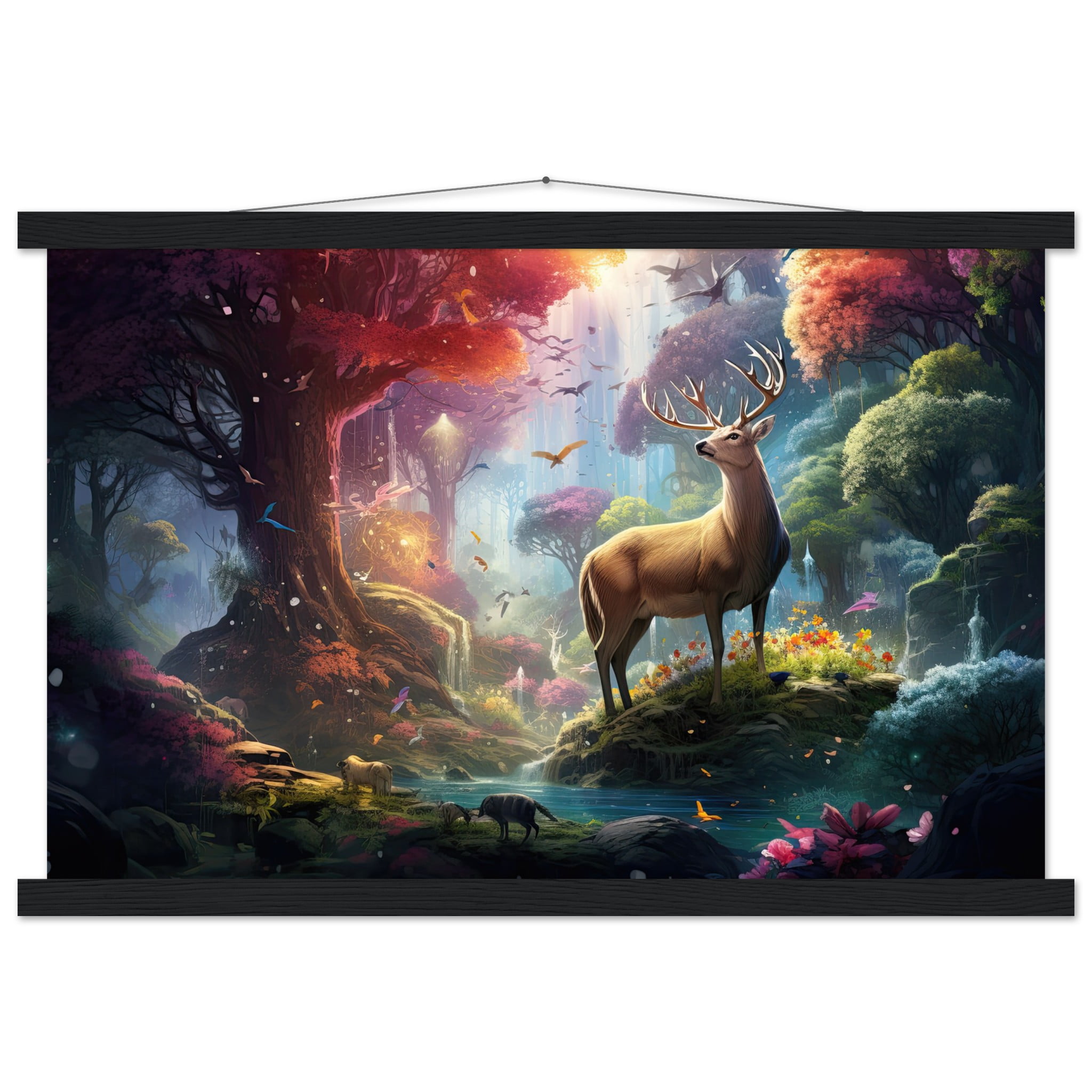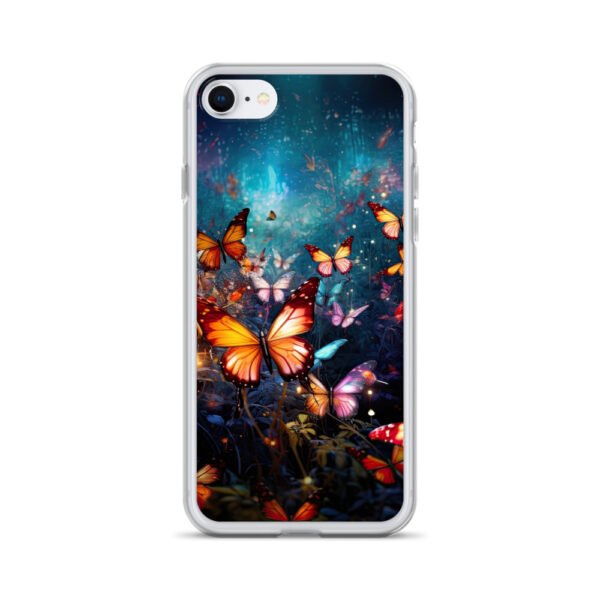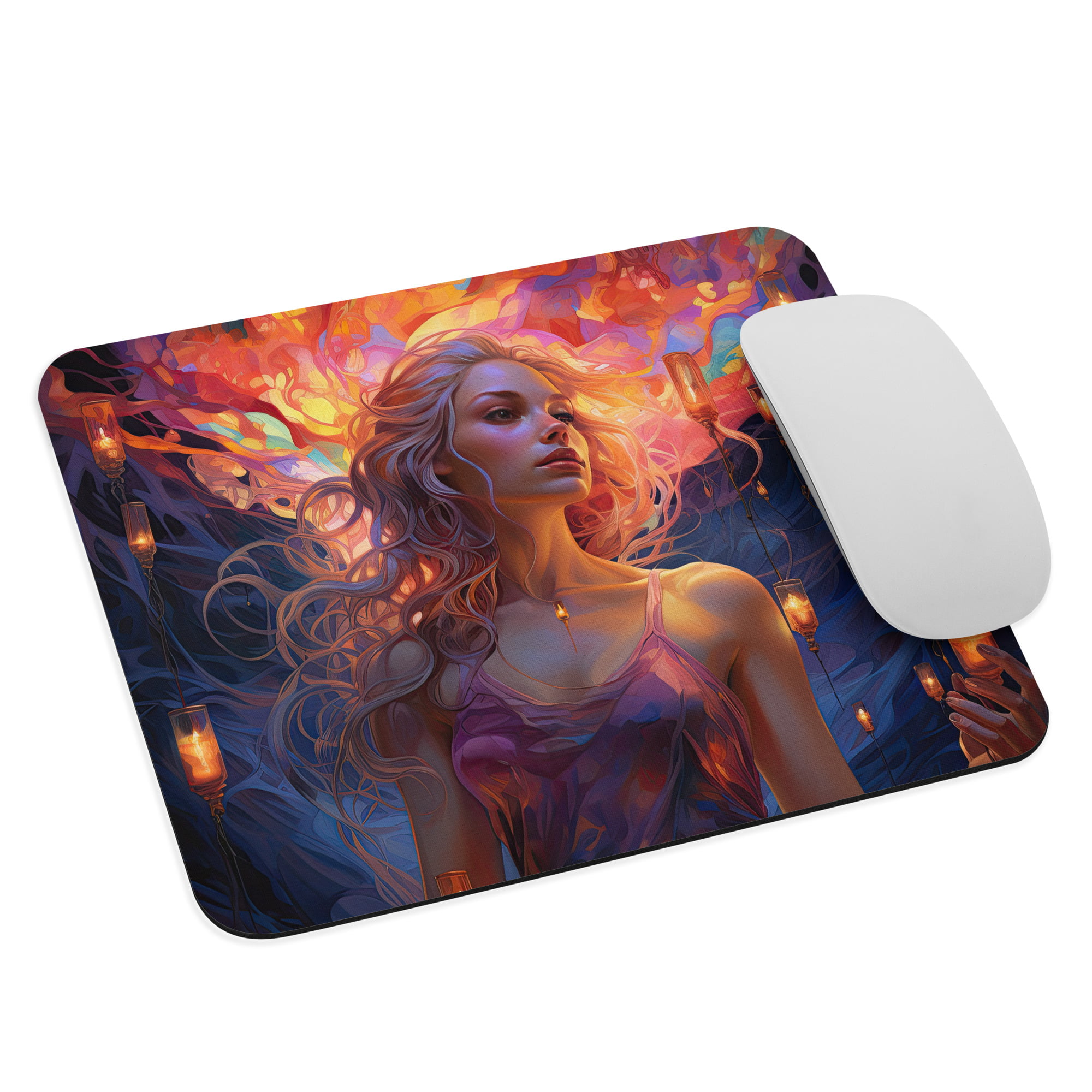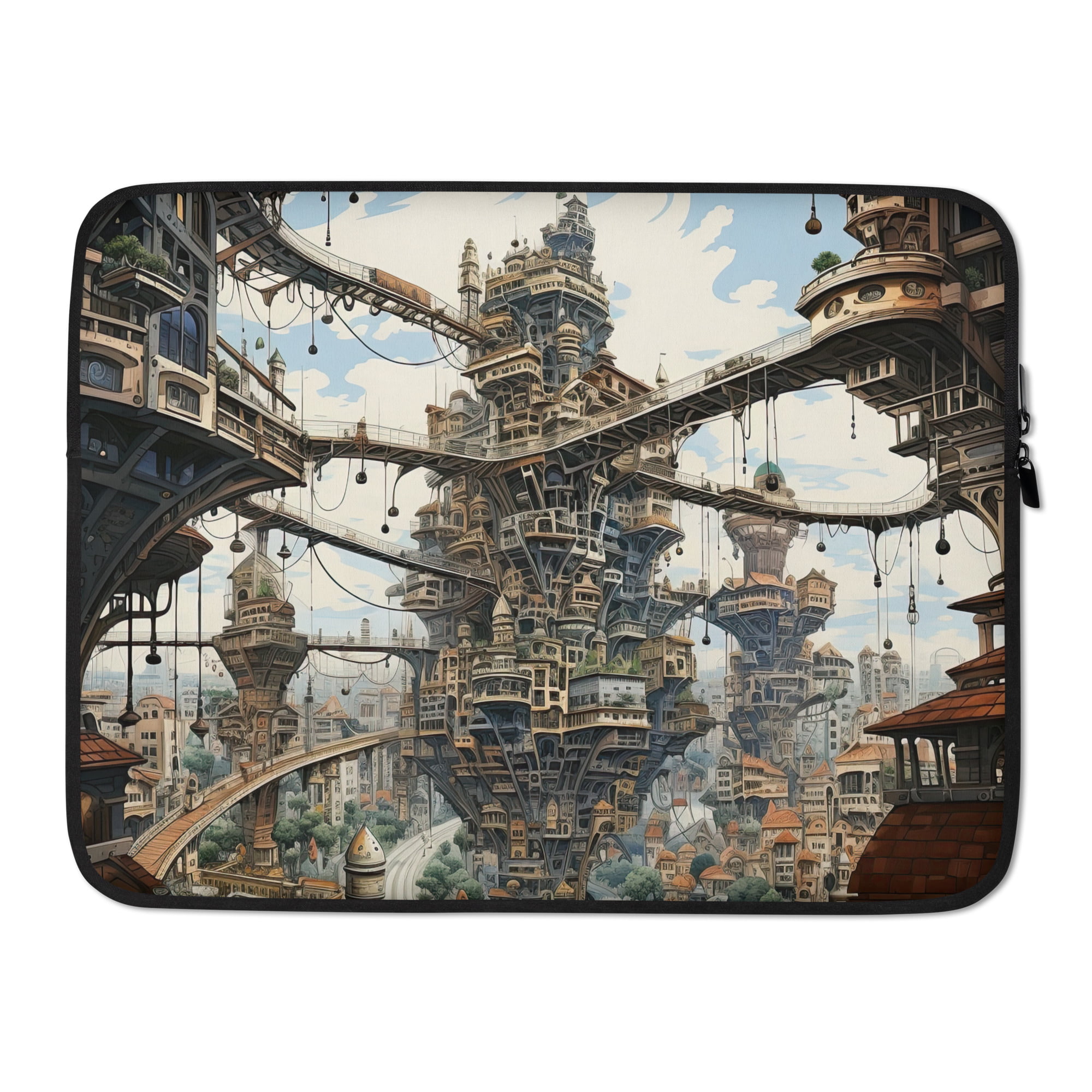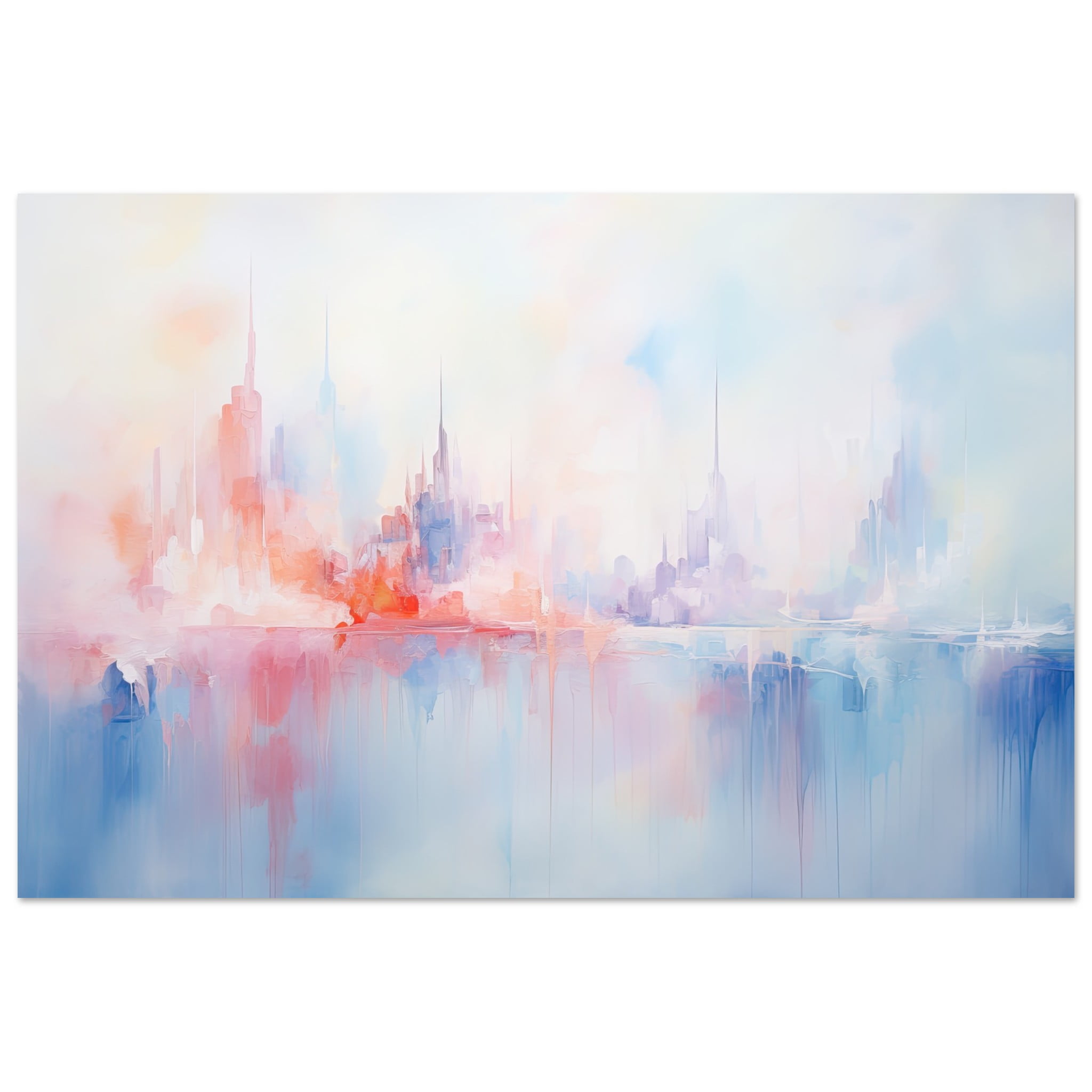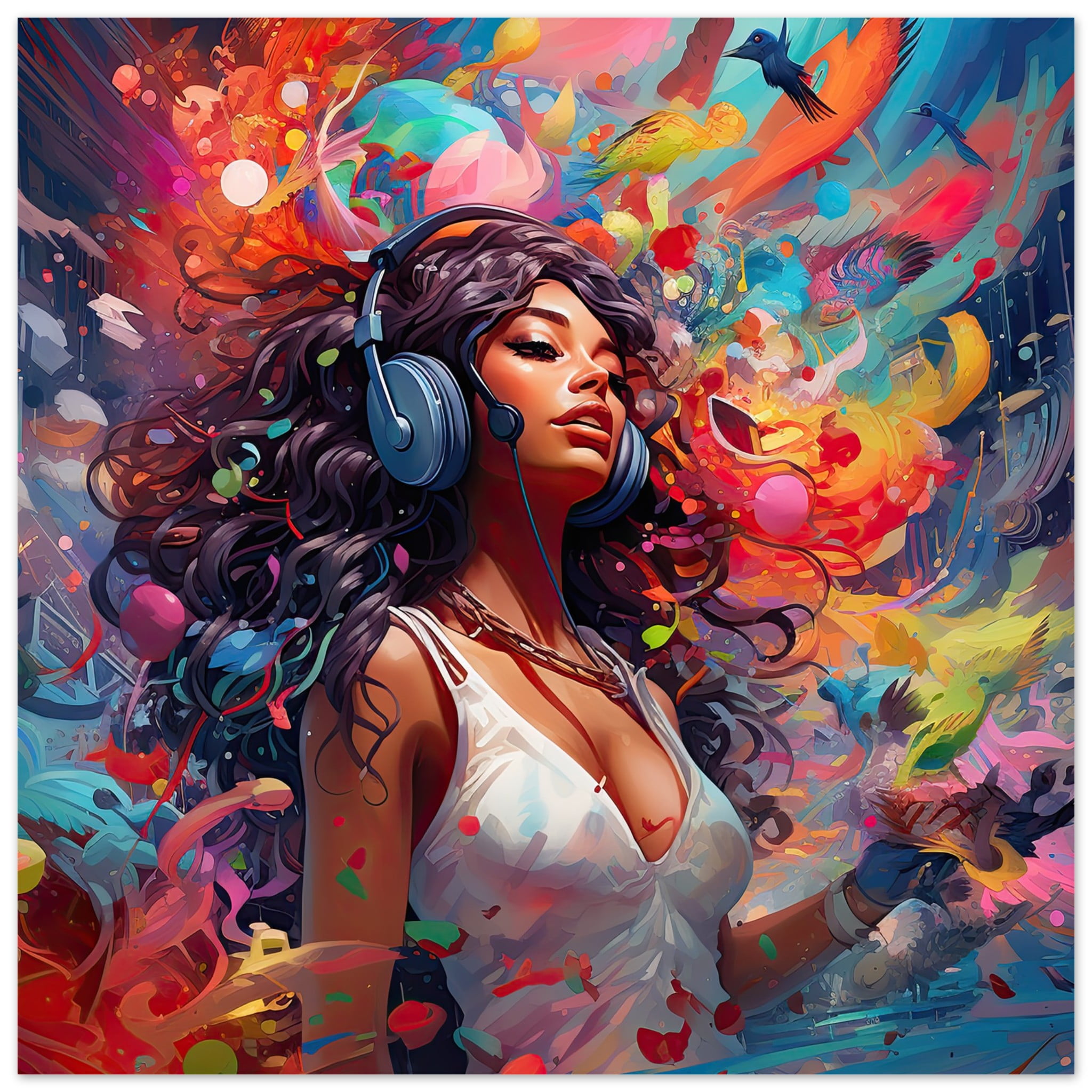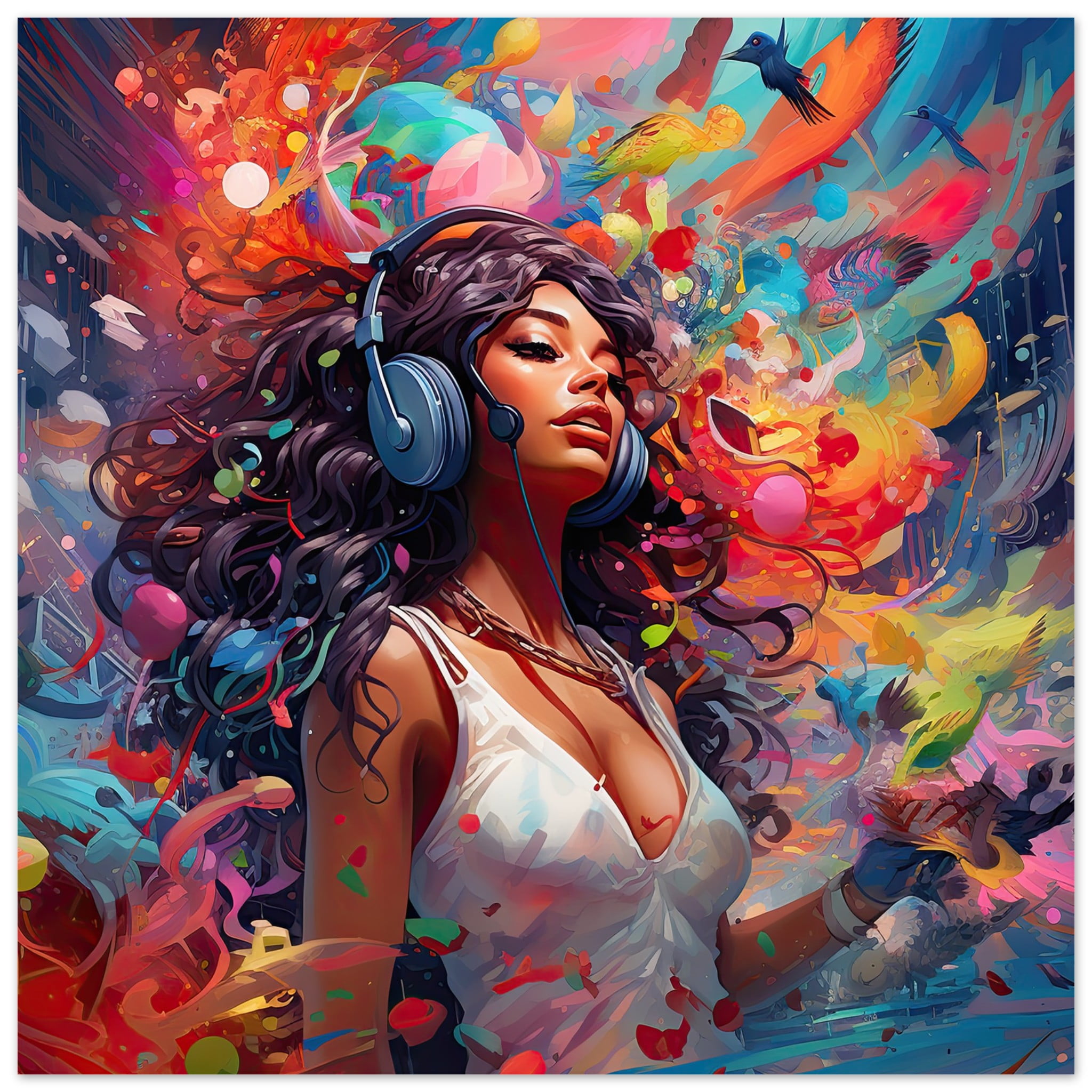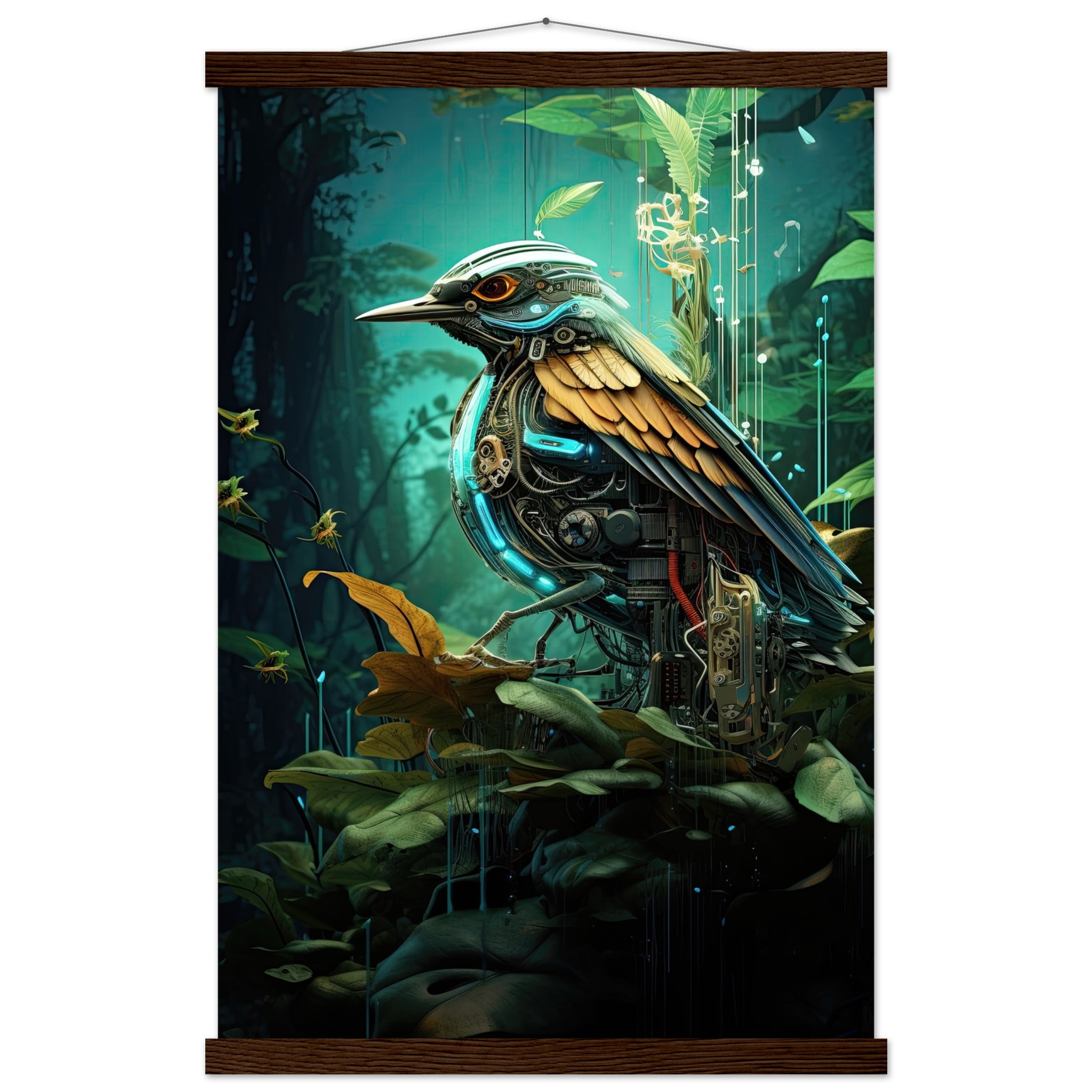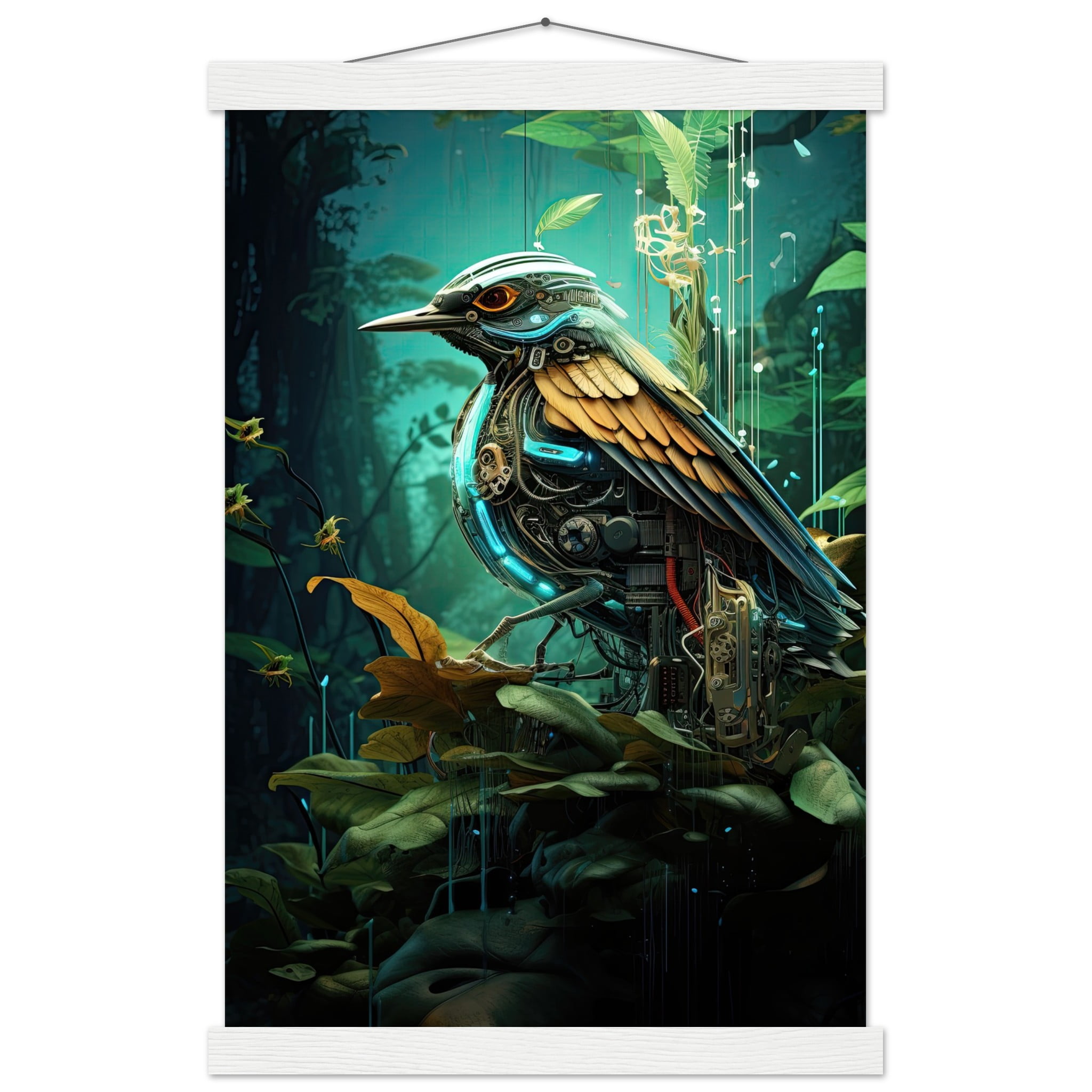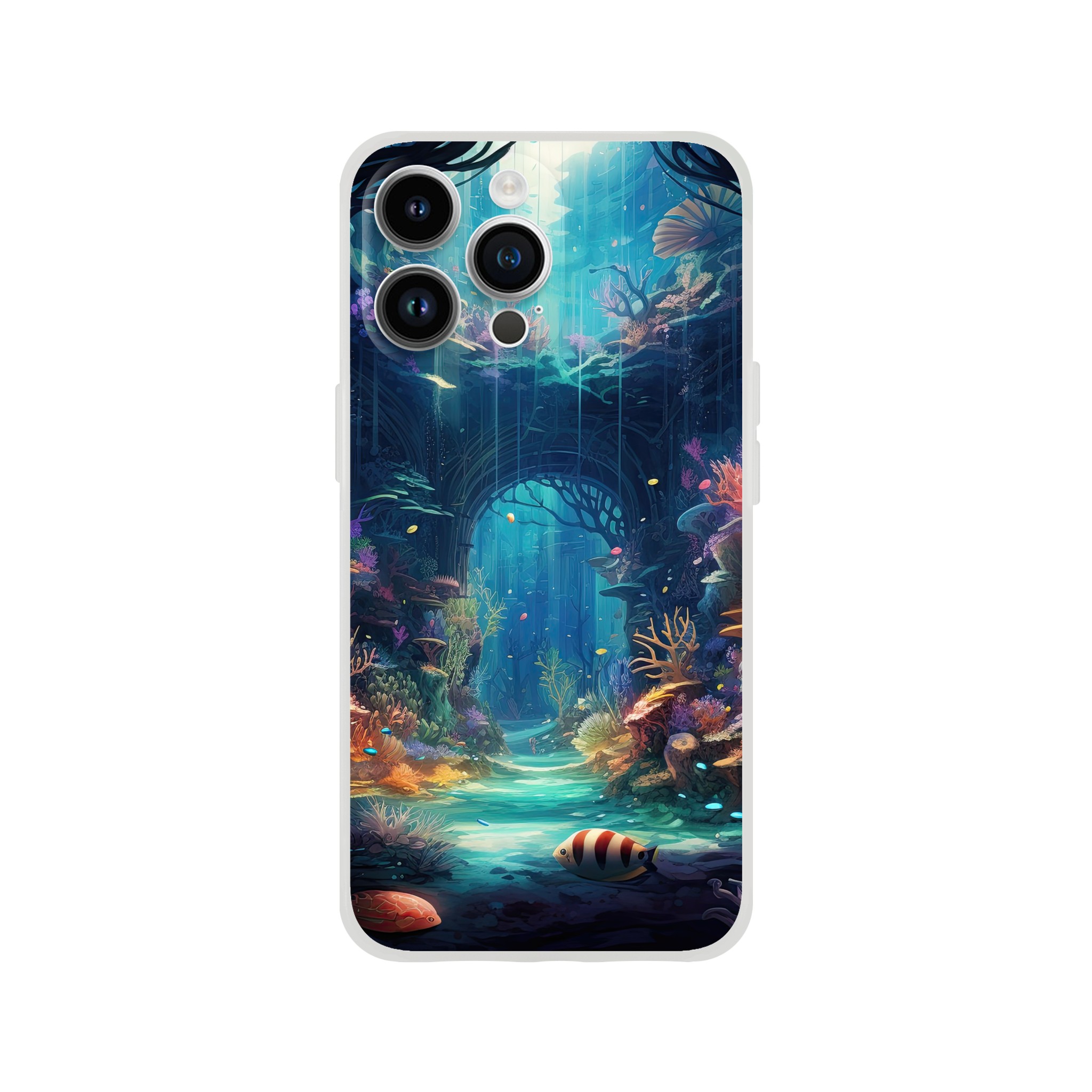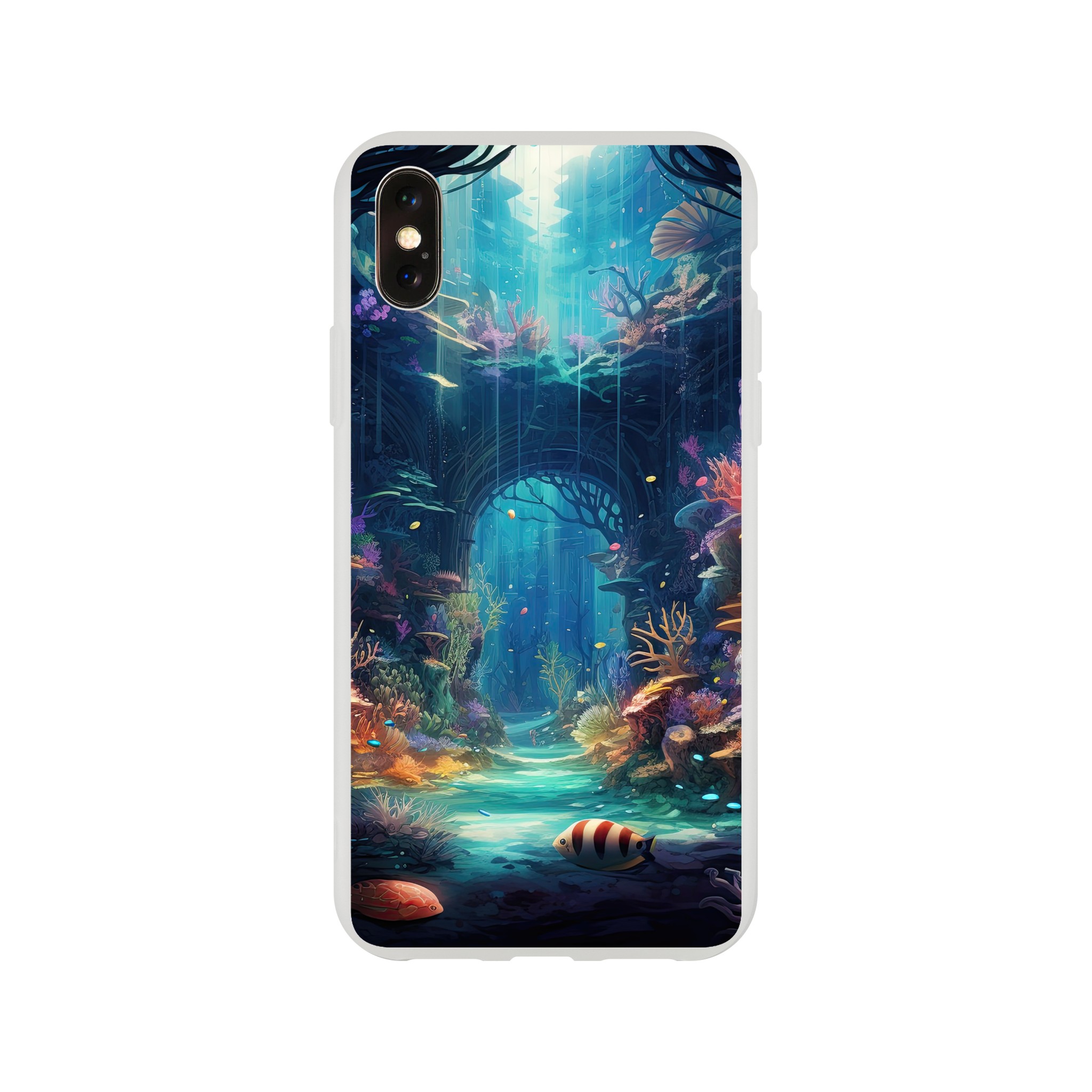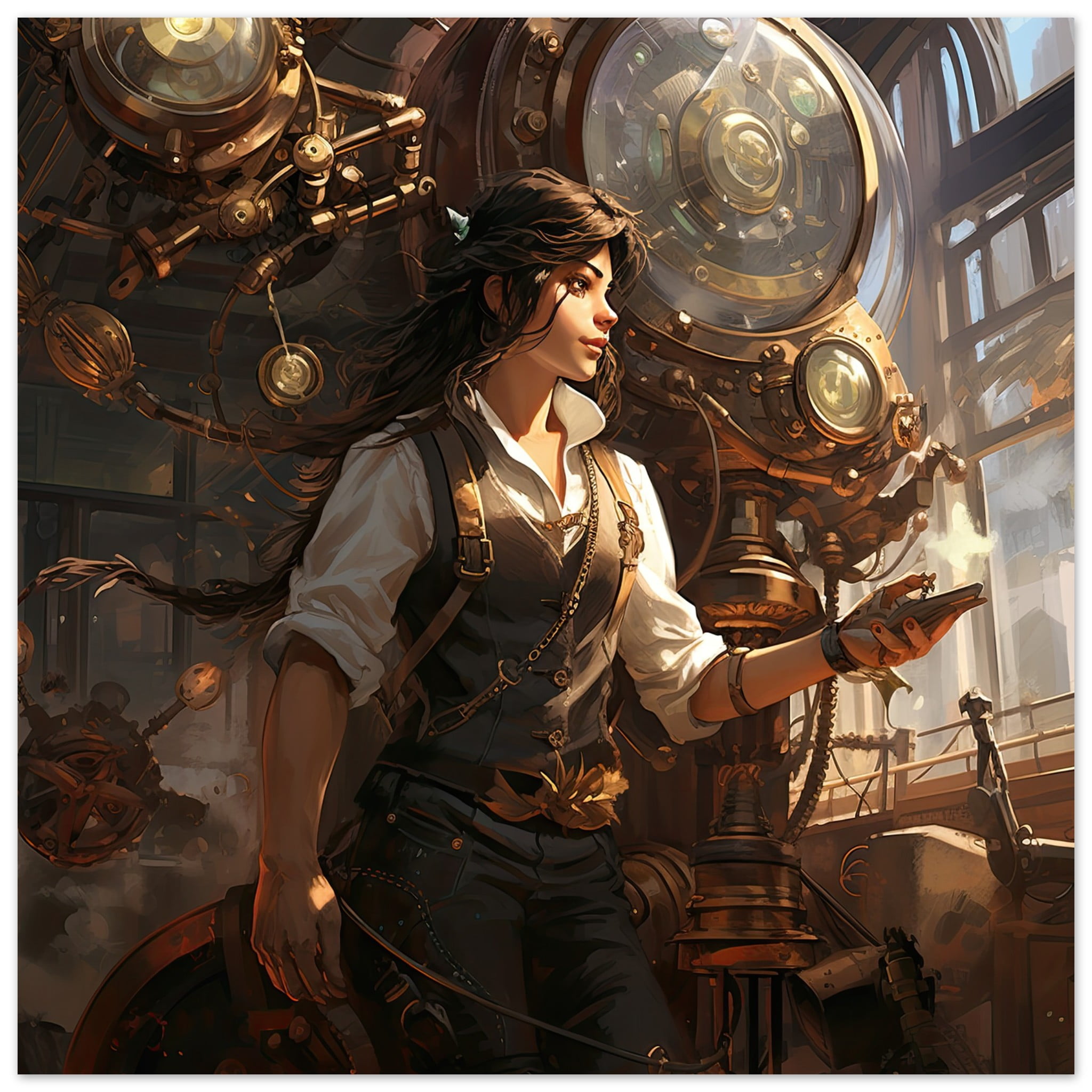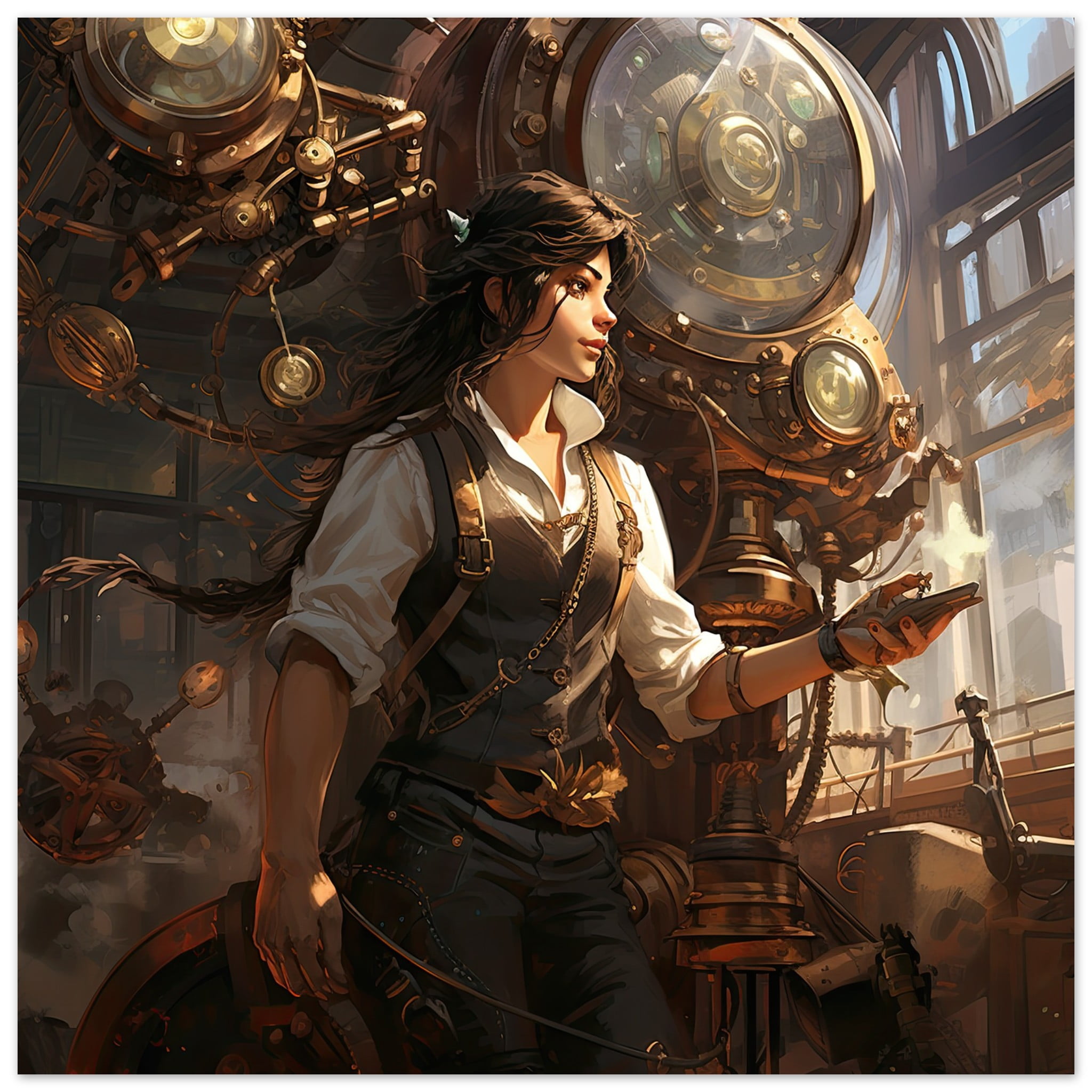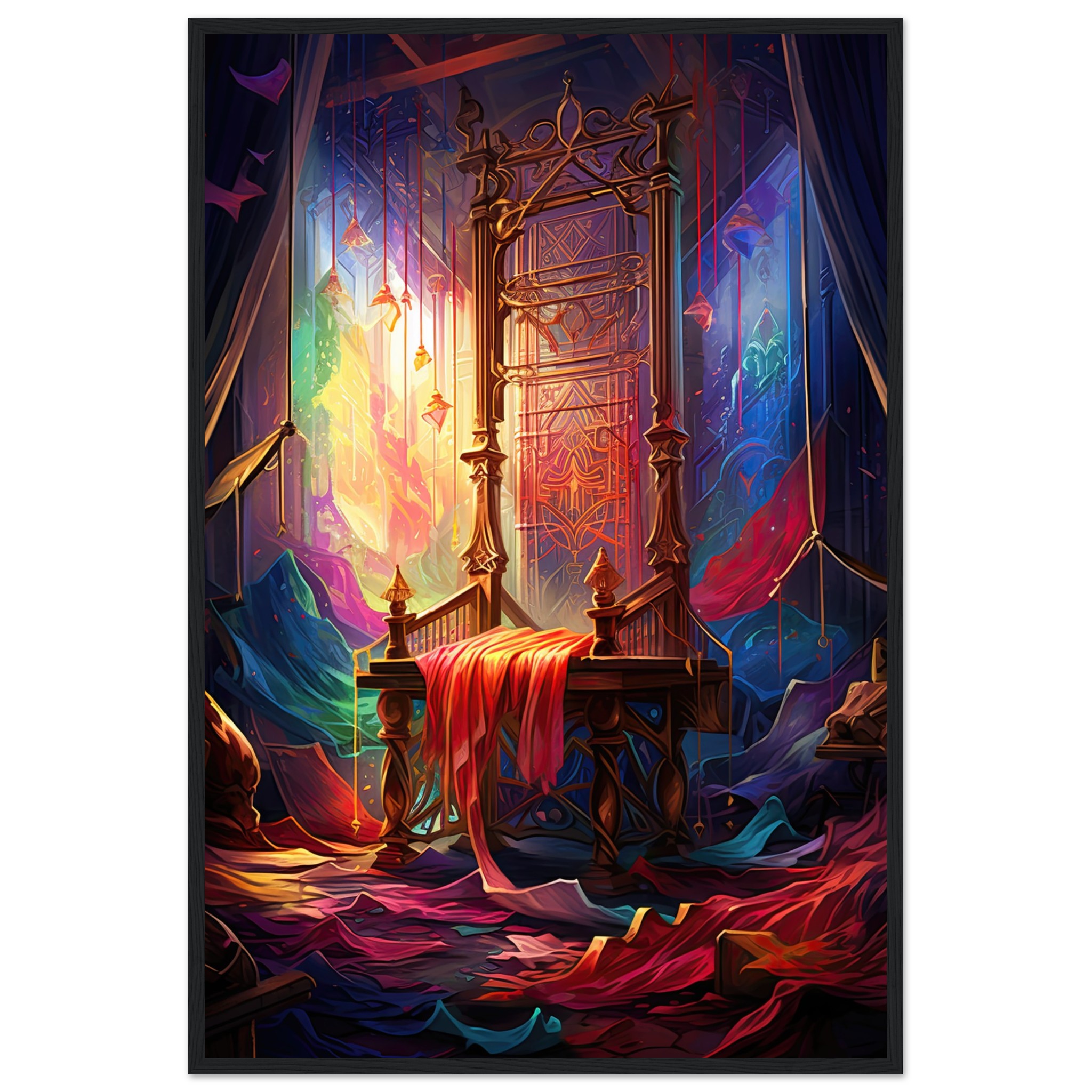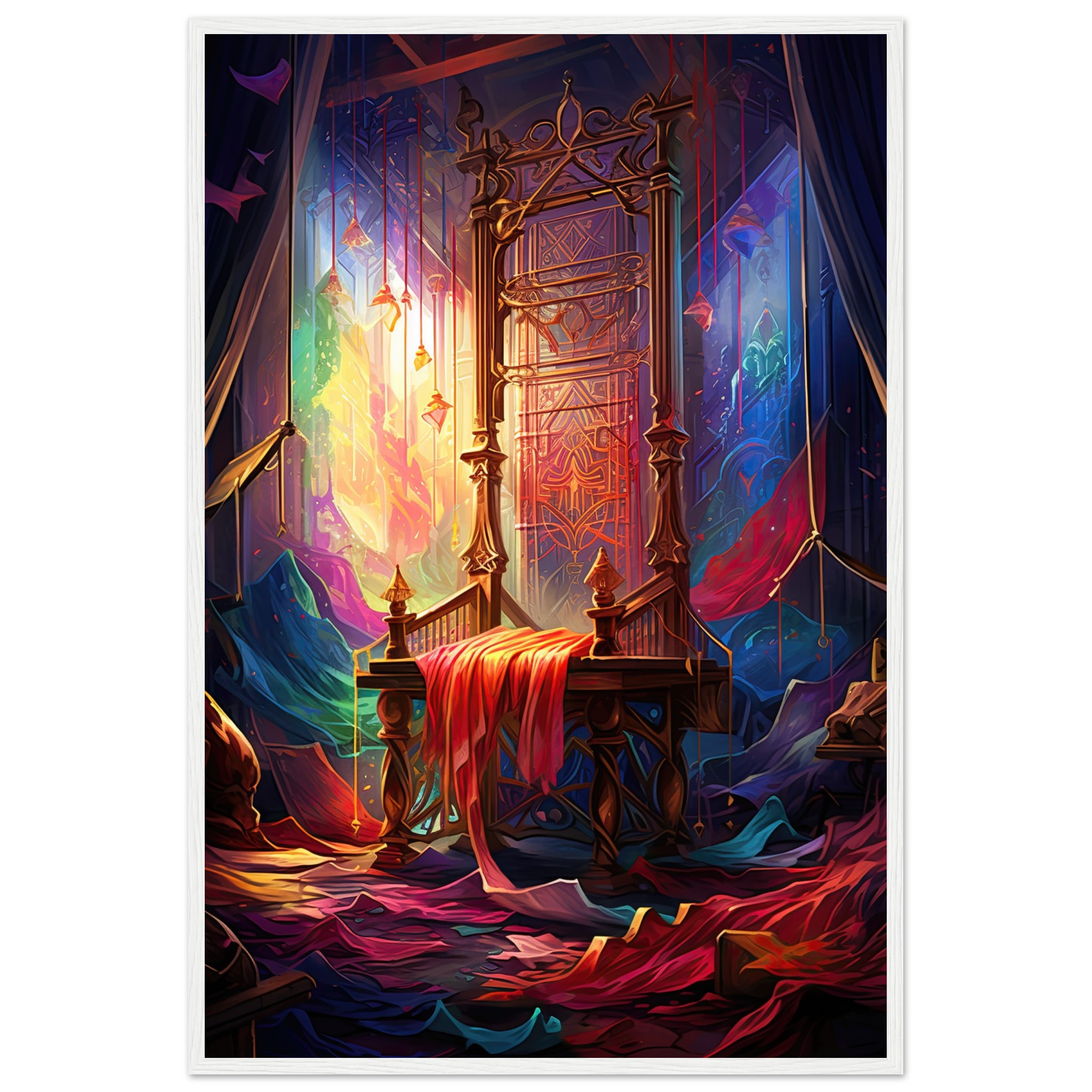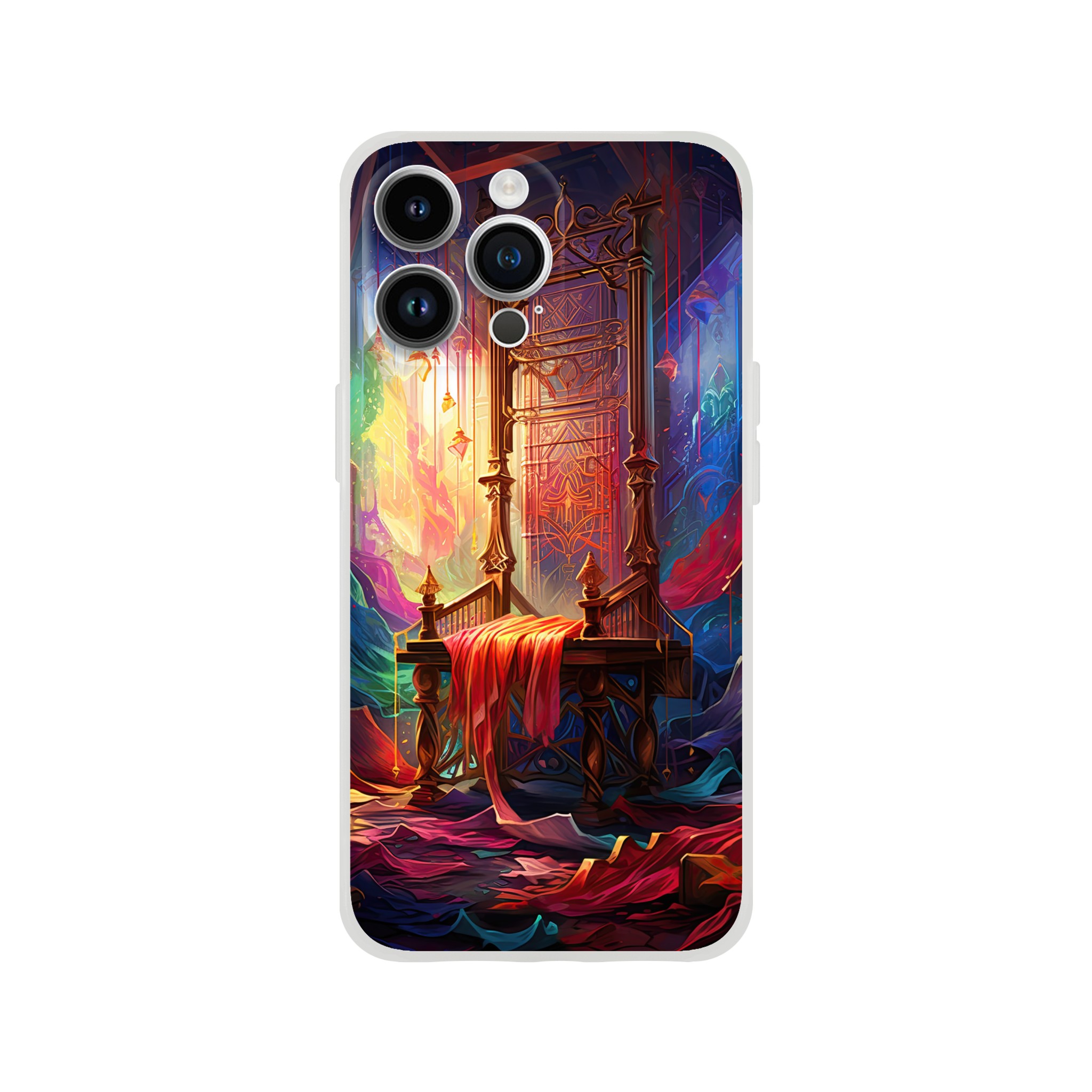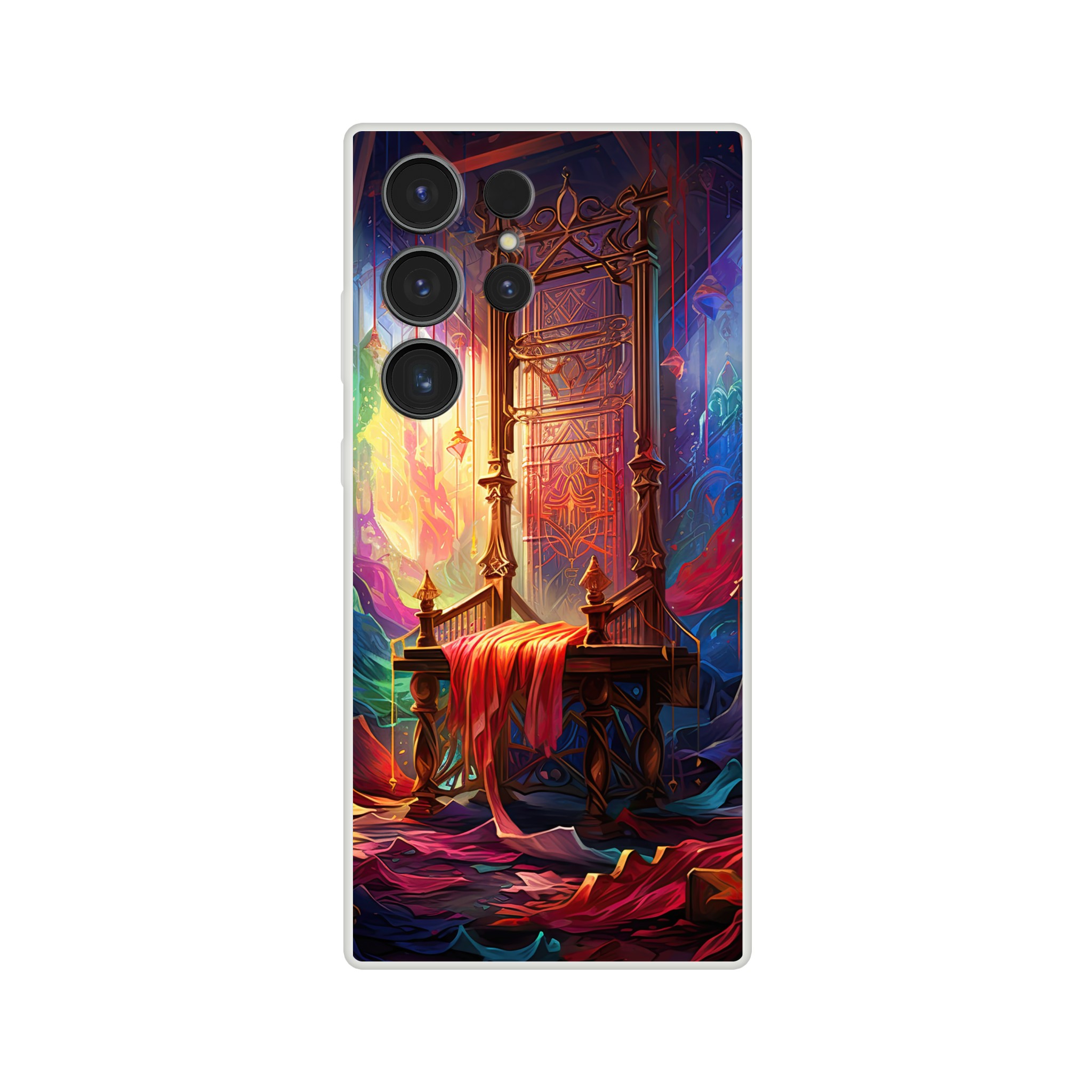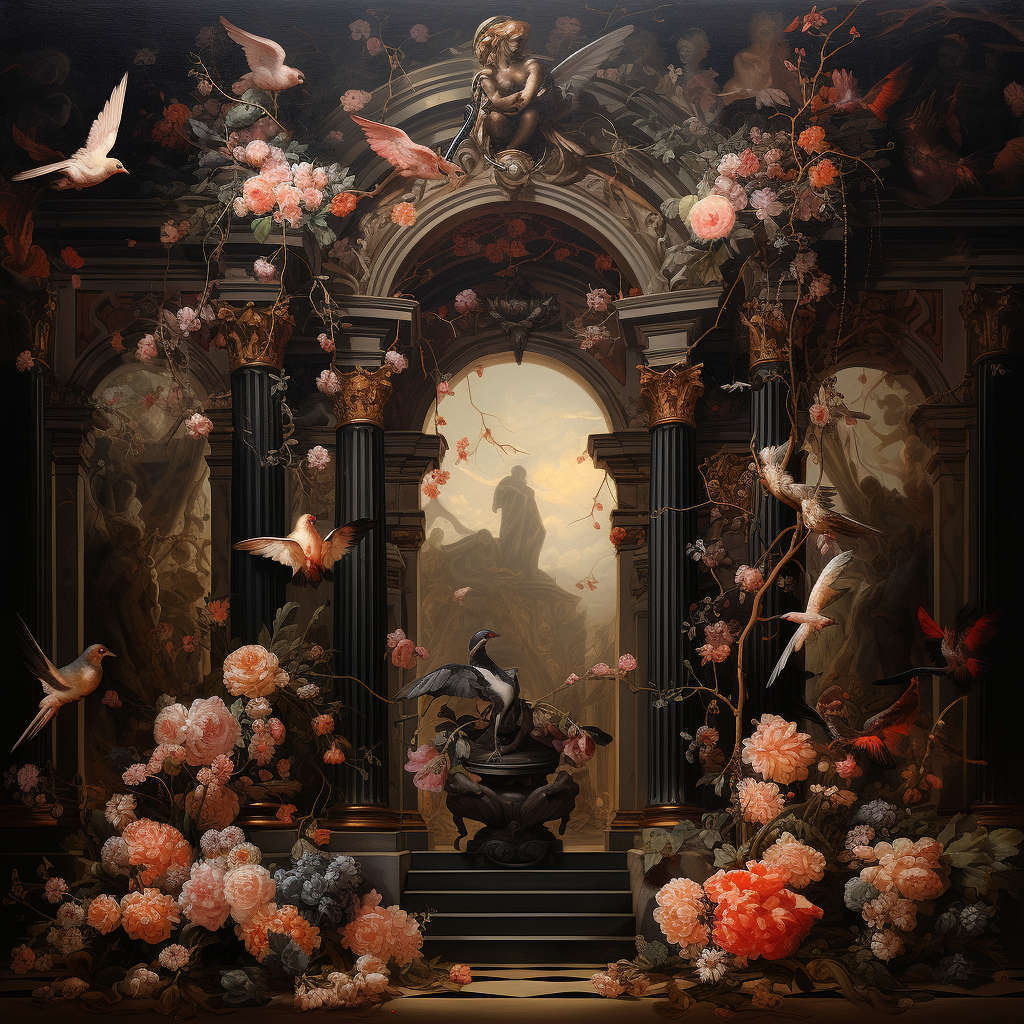
22
Aug
Baroque Art: Blending the Theatrical and the Divine
The Baroque period, spanning from the late 16th century to the mid-18th century, was an era of intense emotional expression, opulent design, and intricate details in art, music, and architecture. With its birth in Rome and its proliferation throughout Europe, Baroque art was an intricate response to the societal and religious changes occurring during the time, primarily the Catholic Church’s Counter-Reformation.
Historical Context
The Protestant Reformation of the 16th century led to widespread religious dissent and competition between Catholicism and the newly formed Protestant sects. The Catholic Church, recognizing the need for reform and a rejuvenation of its appeal, embarked on the Counter-Reformation. Part of this strategy involved the commissioning of emotive and grandiose works of art to communicate the magnificence and legitimacy of the Catholic faith. Enter Baroque art.
Characteristics of Baroque Art
1. Emotion over Reason: Unlike the balanced and harmonious compositions of the Renaissance, Baroque art placed emphasis on dynamism, movement, and emotion. Artists aimed to evoke strong reactions from viewers, making them feel an emotional and spiritual connection to the divine.
2. Chiaroscuro: This Italian term, meaning “light-dark”, refers to the dramatic contrasts of light and shadow in Baroque paintings. Caravaggio, one of the most prominent Baroque painters, is renowned for this technique, casting his subjects in sharp relief against dark backgrounds, producing a three-dimensional effect.
3. Opulence and Grandeur: Whether in sculpture, painting, or architecture, Baroque style exuded luxury. Gold leafing, detailed carvings, and larger-than-life sculptures became the norm, each piece intending to overwhelm and inspire awe.
4. Dramatic Scenes: Baroque artists frequently chose dramatic moments from biblical or historical events as their subjects. These were depicted with intense realism, making the viewer feel as if they were a part of the scene.
Notable Artists and Works
Caravaggio: Recognized for his naturalistic approach and dramatic use of light, Caravaggio’s works like “The Calling of Saint Matthew” exemplify the Baroque spirit.
Peter Paul Rubens: A prolific Flemish painter, Rubens combined the classical harmony of the Renaissance with the dynamism of the Baroque. His works, such as “The Descent from the Cross”, are filled with movement and emotion.
Gian Lorenzo Bernini: An accomplished sculptor and architect, Bernini’s marble group “The Ecstasy of Saint Teresa” is a masterclass in portraying intense spiritual rapture through art.
Artemisia Gentileschi: One of the few recognized female artists of the time, Gentileschi’s “Judith Beheading Holofernes” presents a powerful portrayal of a biblical heroine.
Baroque Architecture
Baroque architecture paralleled the drama and intensity of its artistic counterpart. Churches, palaces, and civic buildings became grander and more ornamented.
The Church of Sant’Ivo alla Sapienza in Rome, designed by Francesco Borromini, showcases the undulating facades and complex geometries characteristic of Baroque architecture. On the other hand, the Palace of Versailles in France, with its lavish interiors and vast gardens, became the epitome of Baroque opulence.
Baroque art was more than just a stylistic movement; it was a tool of persuasion and an expression of faith, power, and emotion. By captivating audiences with its grandeur and detail, it sought to reaffirm the spiritual and political hierarchies of its time.
The legacy of the Baroque era persists today, not just in the countless masterpieces that fill museums and adorn cityscapes but also in its testament to art’s enduring power to move, inspire, and influence the course of history.
